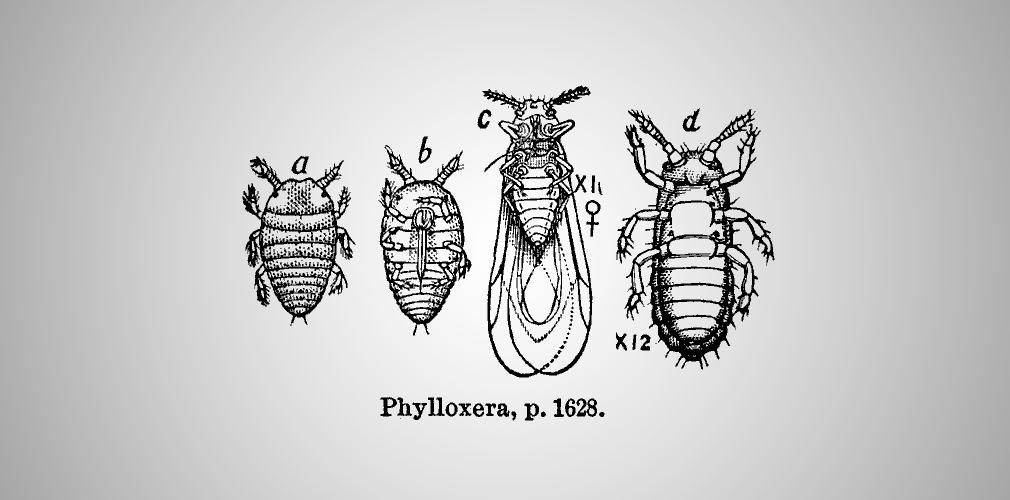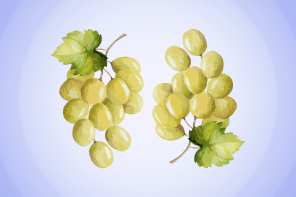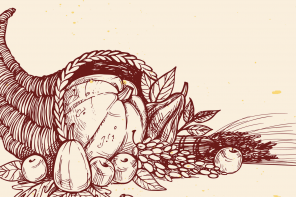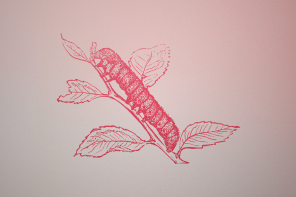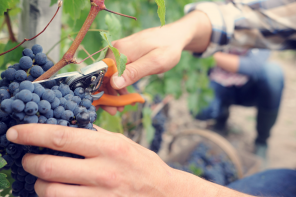Have you heard of this thing called Phylloxera? No, it’s not a rash or an acne medication. Even though it’s not, it sounds remarkably like a disease, and in truth – it is an annihilator of grapevines. But what the F*%@ is it? There’s many a little known secret about this thing called Phylloxera, guaranteed to delight and expand your knowledge. Let’s go!
Phylloxera is a louse, literally. For us commoners, a louse is a pesty bug. A small, wingless little parasite that averages about 1/4 of a centimeter in length. What does this little fella get into? Well, as all parasites do (both human and insect), they feed off the lives of others. In Phylloxera’s case, it prefers to dine on the roots of grapevines.
As the Phylloxera gradually feed off of and break down the grapevine roots, the water supply to the plant is cut off. From there, it dies a slow death. Although they’re small, Phylloxera are devastating. In the late 1800’s, Phylloxera spread throughout Europe’s major wine regions and wreaked absolute havoc, destroying about 70% of France’s grape vines.
Where do they come from? Well.. errr… actually, America (hangs head in shame). Phylloxera is native to North America, and the most commonly accepted theory is that it was accidentally brought to France by an adventurous fellow who thought it’d be fun to try to plant a vineyard in California.
The solution? Interestingly, although America was part of Europe’s Phylloxera problem… it was conveniently part of the solution as well. There are a select number of grapevines in North America that are Phylloxera resistant. In a Frankenstein-like endeavor, one can graft the grape-producing portion of a plant to a Phylloxera resistant root. These hybrid vines flourish this way, unencumbered by those nasty little louses.
Sadly, there is no real cure for Phylloxera, even today. No one has invented a “Raid” for grapevines, and even if they did, I’m not certain it’d be totally healthy to drink that wine. So what does a grape grower do when they see evidence of the nasty critter? They can use a technique that involves “overfeeding” the base of each plant that has Phylloxera, providing it with so many nutrients that it can overcome the little bastards.
Luckily, a grape vine can actually continue to produce quality fruit- some the best fruit of their lives- while living with Phylloxera. The grape vine will continue to struggle to gain access to the waterbed below, even through the Phylloxera’s damage. The harder they struggle, the higher quality the grapes tend to be. Its all about observing how much quality fruit each vine continues to produce, and gradually replanting as they succumb.
So there you go. You’re educated and ready to take on the world! May the Phylloxera be with you! Or not…

